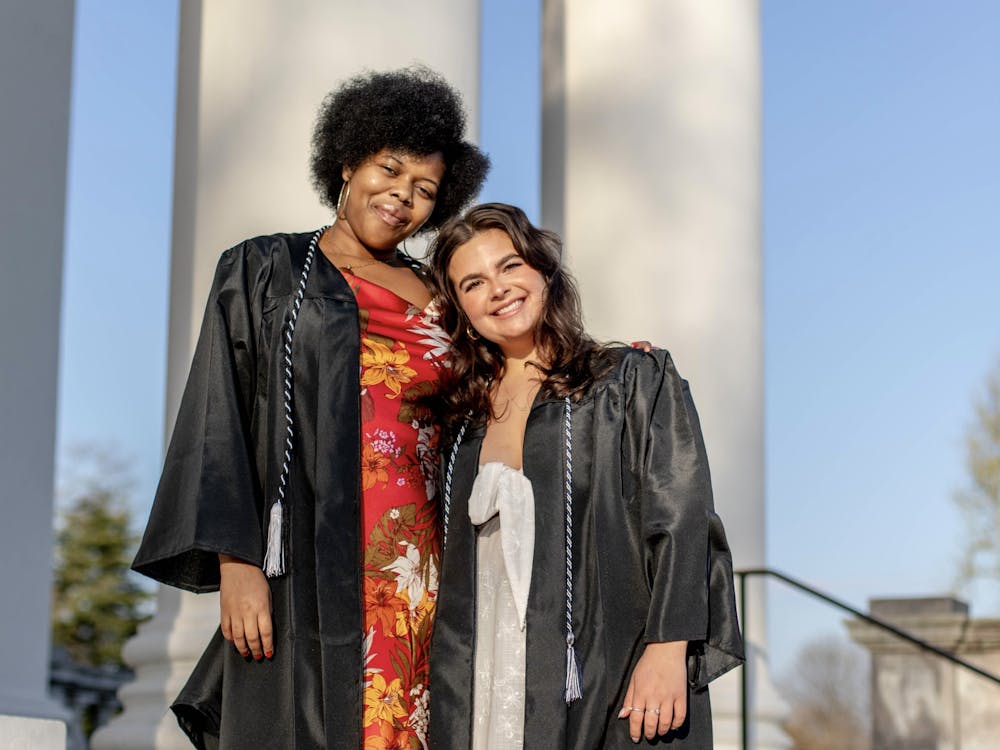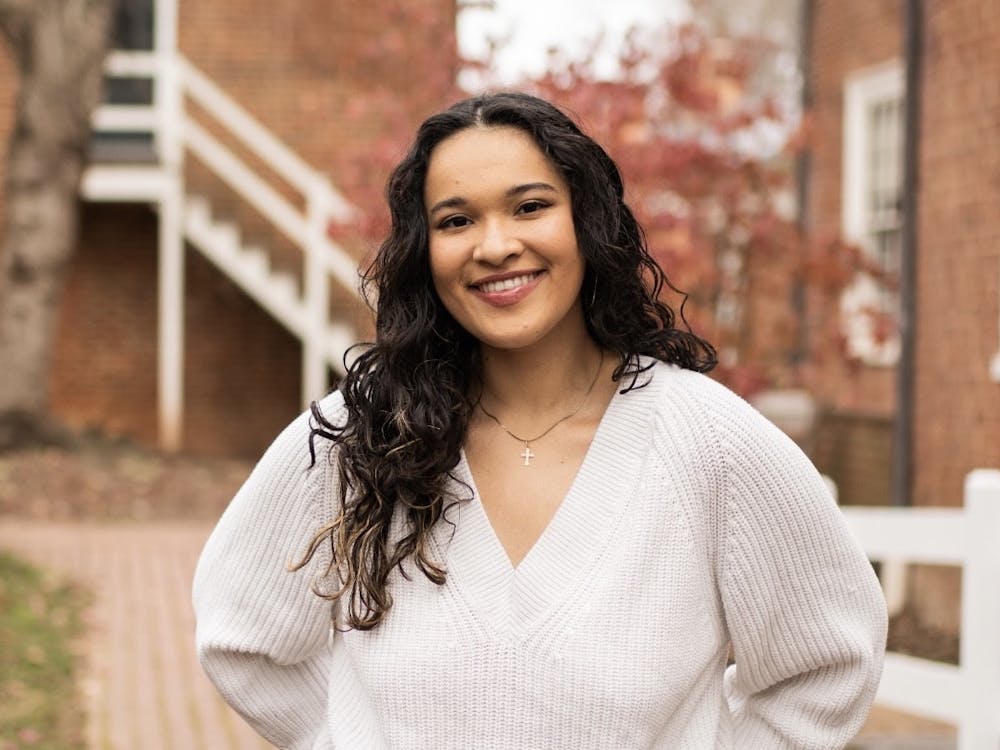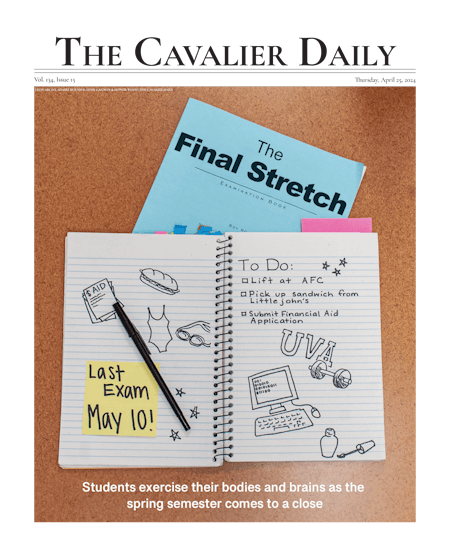In Dean Meredith Woo’s recent “State of the College” address, she outlined the various challenges facing the College of Arts and Sciences. Halfway through her speech, she briefly commented on the relationship between faculty research and teaching. “Today there are too many obstacles that make it difficult for teachers to be teachers and scholars to be scholars,” she said. “The solution is restructuring the professoriate into different categories while still respecting teaching and research.”
Though the statement may be interpreted in multiple ways, it raises some interesting questions about our tenure system. As Adam Grant argued in a recent New York Times piece , I propose that “restructuring the professoriate” should involve three tenure tracks: full-time research professorships, full-time teaching professorships and a third track for both research and teaching. Though I do not have the numbers, political knowledge or administrative experience of Dean Woo, I can think of several good reasons for a research university to consider such radical reforms.
The American Association of University Professors (AAUP) defines tenure as “an arrangement whereby faculty members, after successful completion of a period of probationary service, can be dismissed only for adequate cause or other possible circumstances and only after a hearing before a faculty committee.” The potential benefits of tenure include increased job security, academic freedom, prestige and a higher salary.
As an article published by the National Education Association observes, “research is valued too much, and good teaching too little” for promotion at many four-year universities. Under the influence of “fierce institutional competition for government and private research dollars,” good teaching is often deemphasized as a core competency for advancement.
Dean Woo makes a distinction between “teachers” and “scholars.” Although instruction and scholarship often go hand-in-hand, she cuts to a central issue: teaching and research are two separate skill sets, but our current tenure system combines them into one job. As one comprehensive review of educational research finds, there is no correlative relationship between professors’ quality of research and quality of teaching in universities.
To be sure, the pursuit of new knowledge and the communication of old knowledge compliment one another. But why must researchers be required to adopt the duty of formal instruction if their passion and skill lies in their research? And why should academics who are less interested in research but have a talent for teaching be denied the benefits of tenure? A three-track tenure seems likely to advance the goals of both research and teaching.
A research-only tenure track holds several benefits for professors and students. The professor can focus her time and energy on the academic work that most interests her — and without the teaching requirements, she is freed to produce more books, papers and patents. As a research professor, she still engages in the teaching process via mentorship and collaborations with graduate students, postdocs and even undergraduates. But outside her lab, students do not have to suffer through potentially overworked, less-than-enthusiastic lecture courses.
The more controversial teaching-only track also promises some gains to professors and students. The lack of status, financial support and job security that many non-tenure track faculty receive from their universities is a growing problem. As one AAUP report notes, the growth of non-tenure track faculty “has created a two-tier system that could alter ‘the outside world’s perception of academe’ and undermine the tenure system.” Not only do teaching-only professorships offer respect and support for those who commit to teaching, they offer incentives to attract the best instructors for undergraduate students. And as one well-known Northwestern study found, “students learn relatively more from non-tenure line professors in their introductory courses.”
The third tenure track (the status quo) is a professorship for research and teaching — a title well suited for those academics who excel in both skill sets. We don’t need to pause long to think of academics — at the University or elsewhere — who are well-suited for this classic role. These educators might engage and inspire students with their own inquiries into the field and bring special insight to their subject’s basic questions. They balance their talents between the pursuit of knowledge and its dissemination.
Undoubtedly, this is a complex issue, and powerful economic forces drive our current tenure system — forces that might vary between universities and even academic disciplines. But if we view our research university as a community that encourages the highest caliber of both teaching and scholarship, then we must rethink any inefficient or potentially harmful structures. With so many benefits to academics and their students, why not at least discuss the option?
George Knaysi is an Opinion columnist for The Cavalier Daily. His columns run Tuesdays.




